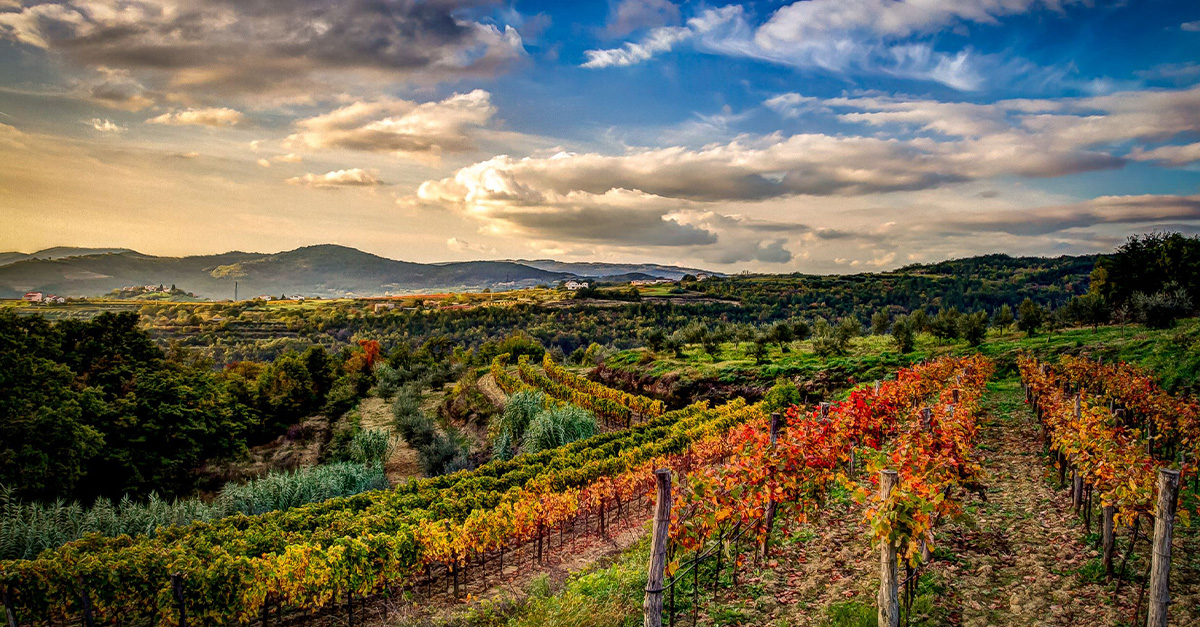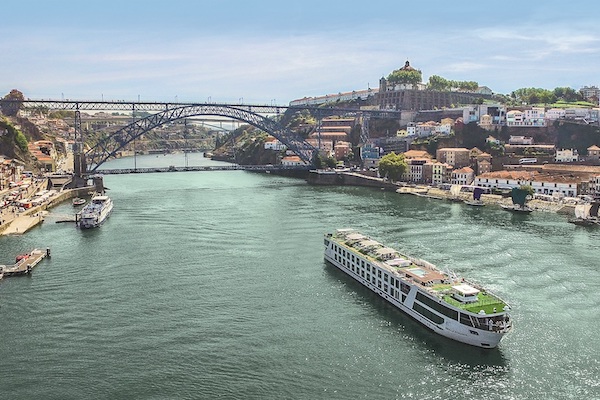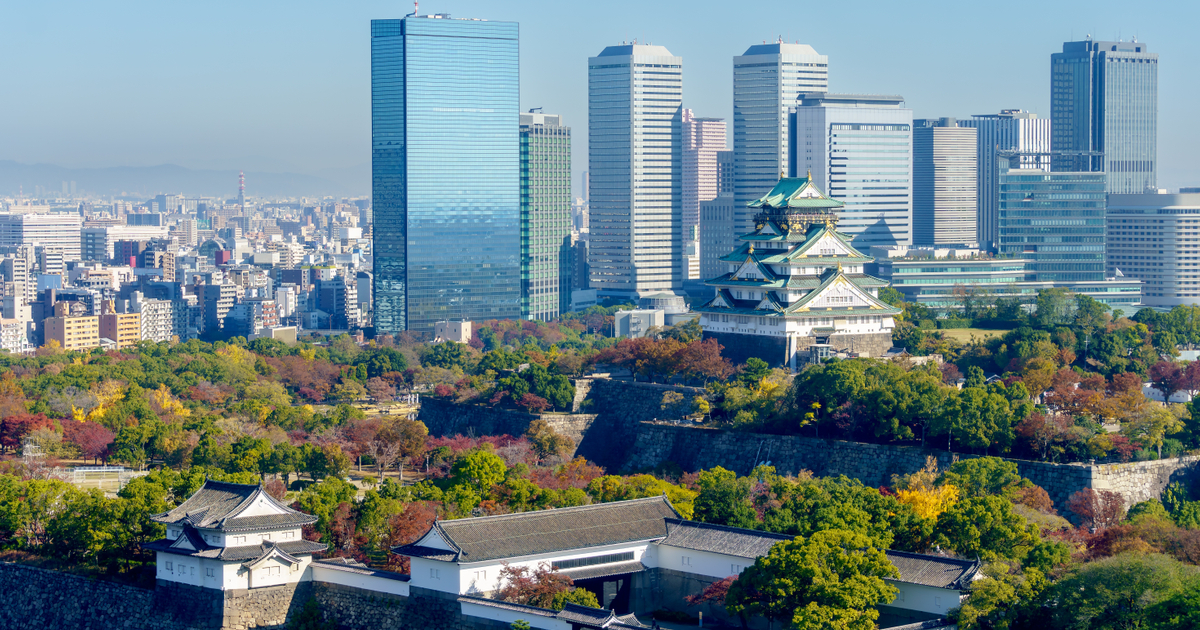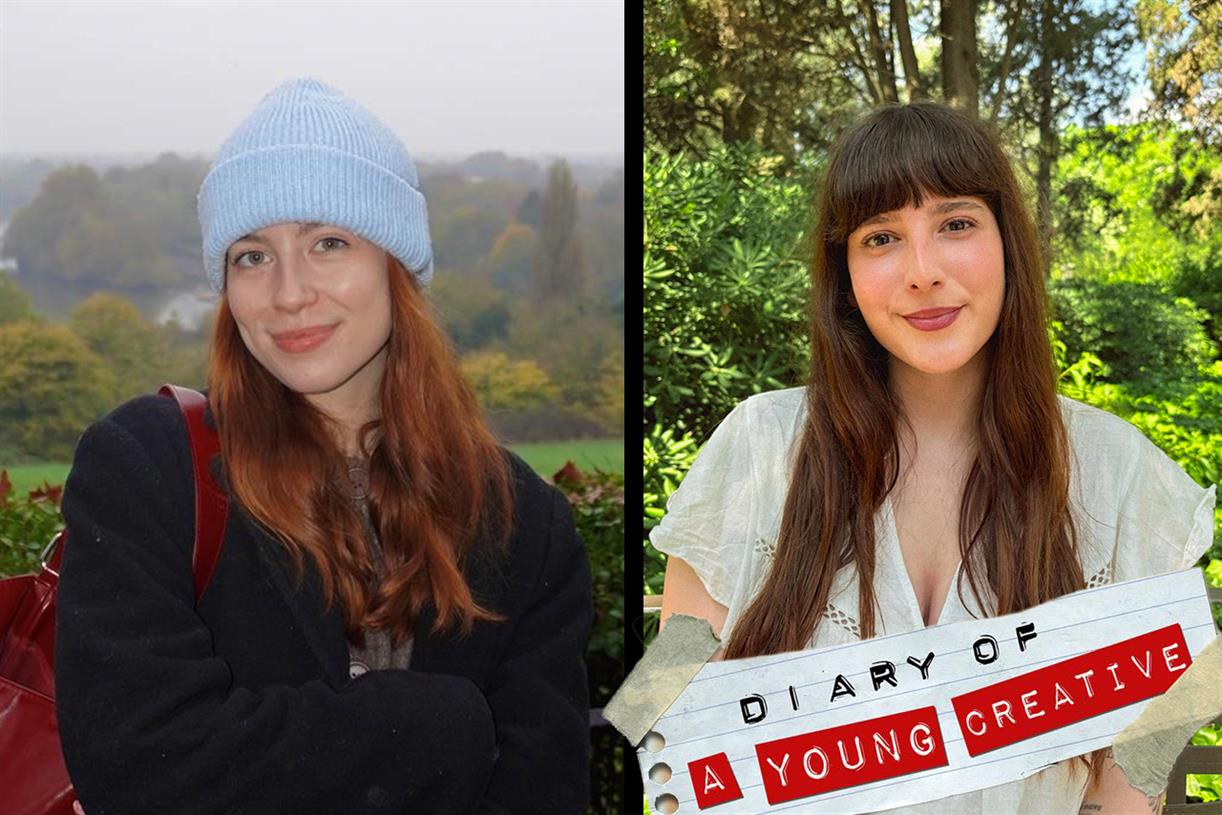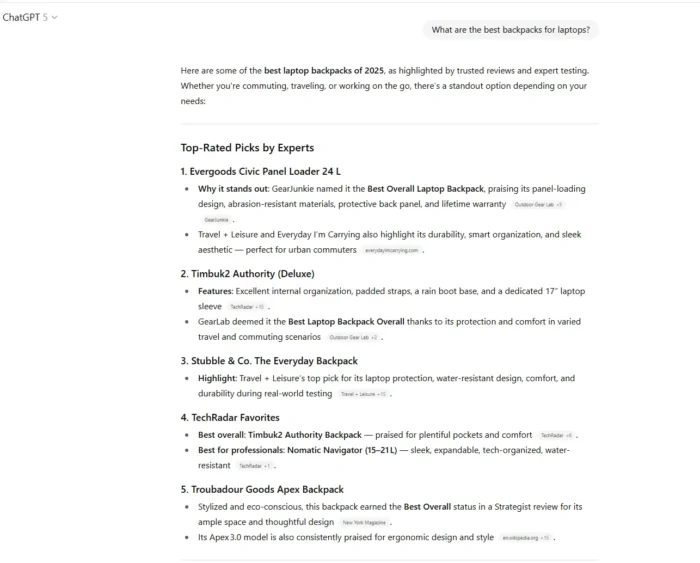Travel news from France
Tourism numbers in France peaked at 90 million international visitors in 2019, just before the pandemic struck, and the total contribution of travel and tourism to France’s GDP was consistently at over 200 billion euros. This makes it the...
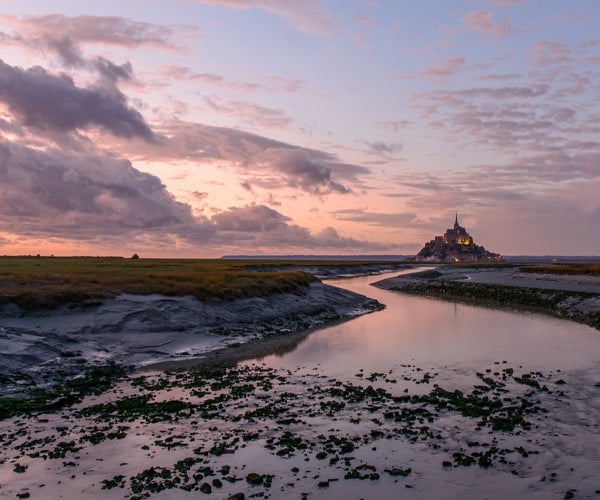
Tourism numbers in France peaked at 90 million international visitors in 2019, just before the pandemic struck, and the total contribution of travel and tourism to France’s GDP was consistently at over 200 billion euros. This makes it the most visited country in the world, ahead of Spain (2nd) and the USA (3rd). Figures fell to 35 million in 2020, with hopes to reach 50 million in 2021. Despite the marked drop, there’s still been plenty going on in terms of tourism development. Here’s a round-up of some of the new things to look out for on your next visit.

What’s new already – a re-cap of 2021 openings
Paris welcomed the long-awaited and spectacular Bourse de Commerce’s Pinault Collection and the capital’s trendy Bercy finally saw the arrival of the Cinémathèque Française’s Musée Méliès. These newcomers were followed by the opening of the stunning Hôtel de la Marine and the rebirth of La Samaritaine Department Store.
In western France, the chic Normandy resort of Deauville welcomed Les Franciscaines, an innovative cultural center featuring a modern & contemporary art museum and the Atlantic Loire Valley region inaugurated a new modern art museum housed in the former stables of the remarkable 12th century Royal Abbey of Fontevraud. It showcases the private collection of Martine and Léon Cligman. For the past 60 years, this dynamic duo–she an artist and he a textile manufacturer—have collected 900 pieces of 19th & 20 paintings and sculptures, as well as non-European objects and antiques.
In trendy Bordeaux, the Bassins de Lumières, a grand digital and immersive exhibition space housed in 4 huge basins of the former WWII submarine base re-opened this June. One of its inaugural exhibits– Monet, Chagall, Renoir— is still running through early January 2022–to be followed in February by “Venice and its Masters,” and another show dedicated to Spanish painter Sorolla.
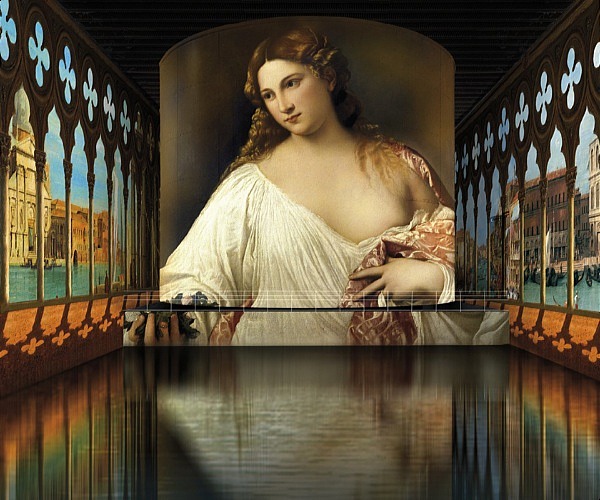
Let’s not forget the opening of the Frank Gehry tower, the crown jewel of the LUMA Foundation in Arles. Speaking of famous architects, in Narbonne, the Musée Narbo Via designed by Norman Foster opened in May. Featuring a wall of 760 antique stones, the museum brings together over 1,000 antiquities designed to bring the ancient Roman city of Narbo Martius (Narbonne in Latin) back to life.
Finally, the French Caribbean island of Martinique has just been inducted into UNESCO’s “Man and the Biosphere Program” along with 20 other new sites. The announcement was made September 15, 2021 by UNESCO’s International Coordinating Council. This is the second major UNESCO recognition after the inclusion in December 2020 of Martinique’s traditional Yole Sailboat to its Intangible Cultural Heritage List. Martinique is also up for the Natural sites list with the candidacy of the volcanoes and forests of Mount Pelée and the Pitons of Northern Martinique.
What’s new in 2022 – new openings and developments
The Louvre Lens – the first regional annex of the Louvre Museum in Paris, will mark its 10th anniversary with two major exhibits: Rome from April 6 to July 25, 2022 and Hieroglyphics from September 28, 2022 to January 16, 2023. Lens, which is located in Northern France, is easily accessible from Paris in a little over 1 hour by high-speed train.
Abandoned for decades, the only Renaissance castle in the Picardy Region of Northern France, Château Villers-Cotterets, will reopen to the public in March of 2022 fully restored. It was built by Francois 1er and completed in the mid-16th century because France’s Renaissance King enjoyed hunting in the area. A project initiated by French President Emmanuel Macron, it will also welcome in the first semester of 2023, the Cité de la Francophonie or the City of the French language, a center that will feature an exhibition hall and spaces for start-ups and French language workshops, plus artist residences. This apt symbolic choice was made because in 1539, François Ier signed the Ordinance of Villers-Cotterêts, which made the use French in the acts of the administration and justice mandatory, instead of Latin. This link with the French language has endured over the centuries: François Rabelais stayed at the castle, Molière presented Tartuffe there, and Alexandre Dumas was born in Villers-Cotterêts.
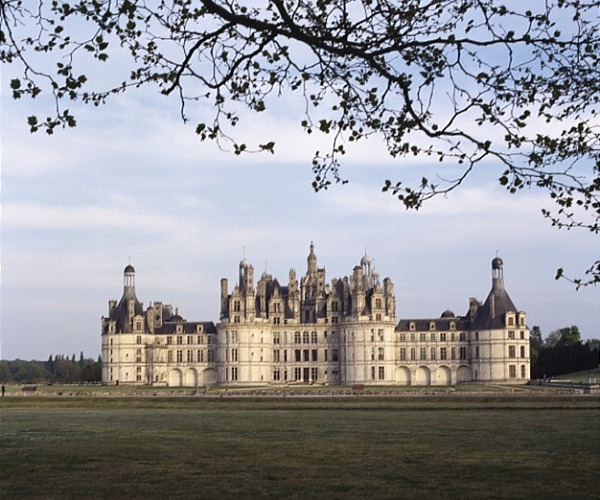
Burgundy’s capital, Dijon, will welcome the Cite Internationale de la gastronomie et du vin on April 22, 2022. The International City of Gastronomy & Wine is at the starting point of the region’s famed Wine route which runs from Dijon to Macon via Beaune. Among the highlights of this eco-friendly residential neighborhood will be the gastronomy & wine cultural and training center—featuring a Ferandi Cooking school, new shops & restaurants, a four-star hotel and a 13-screen cinema complex. Over half of the structures of this new 8.5 acre area will be comprised of repurposed and restored historical buildings.
The Champagne region will aptly pop a cork for the town of Troyes, jewel of the Aube Department known for centuries as the stained glass capital of Europe. Troyes, the birthplace of 11th century Rabbi and Talmud commentator Rashi, is also famed for its medieval quarter and its Gothic churches with striking windows. And next spring this lovely town will welcome the Cité du Vitrail. Housed in the magnificently restored 18th Century Hôtel-Dieu-le-Comte, the cité will dedicate over 32000 square feet to showcase stained glass works dating from the 12th to 21st centuries. It will also showcase the buoyant creativity of contemporary stained glass artists from across the region. The Aube department has recently unveiled a practical app featuring itineraries that lead visitors to the most impressive churches with their remarkable stained-glass windows.
In June La Villa Méditerranée—Marseille’s ultra-contemporary edifice on the old harbor, will welcome a replica of the remarkable underwater prehistoric cave known as the Grotte Cosquer. Visited by our ancestors as early as 33 thousand years ago, the actual cave is located in the mini-fjords between Cassis and Marseille known as Calanques, specifically in Triperie Calanque, near Cape Morgiou. The Grotte Cosquer replica will provide immersive and interactive experiences to discover the original cave’s 500 cave paintings depicting marine animals like penguins (talk about climate change!), plus seals and what seems to be jellyfish, and mammals that roamed about in that era.

 ShanonG
ShanonG 







